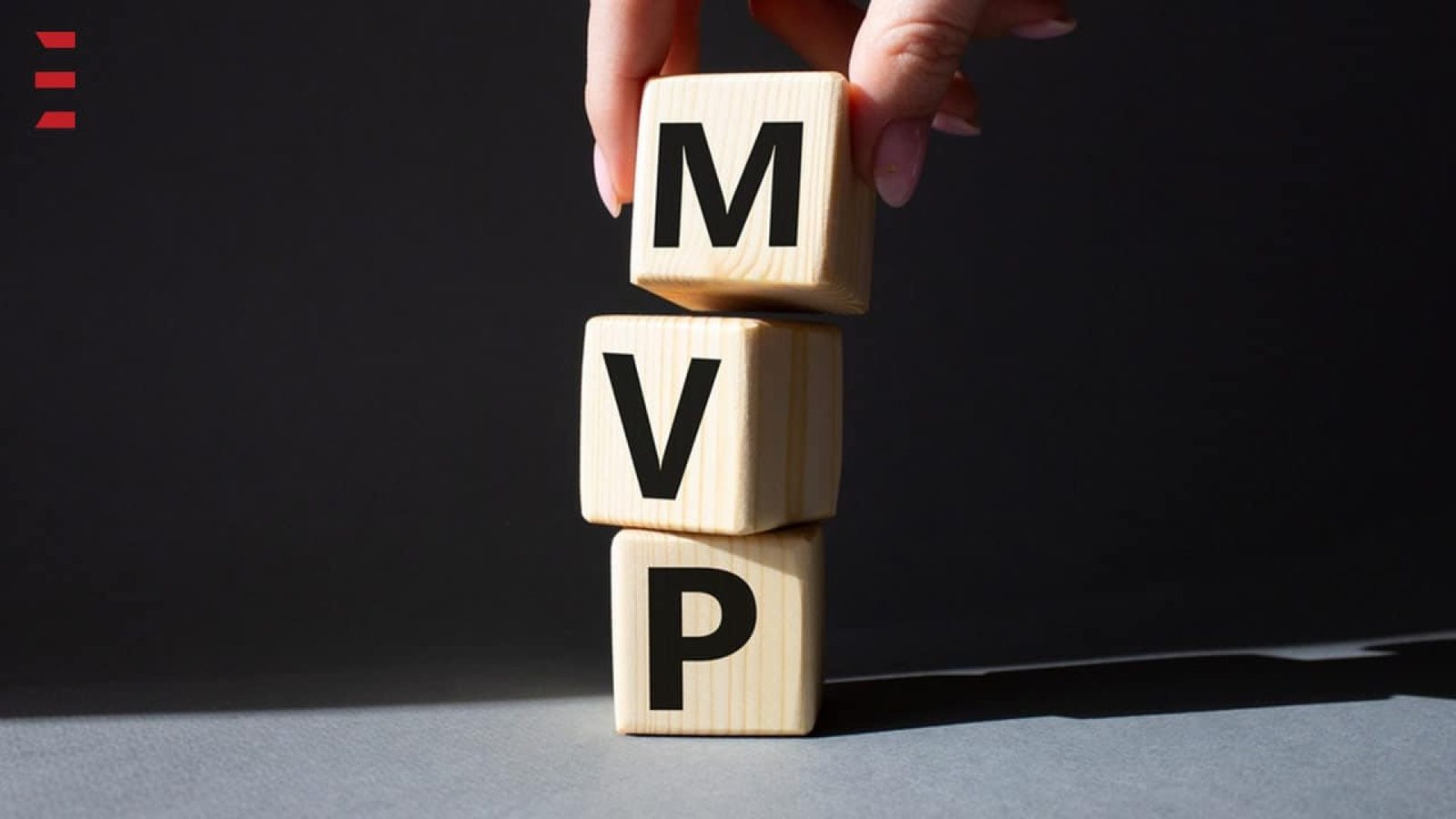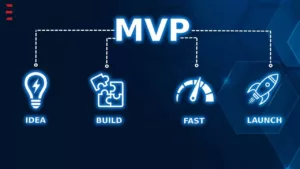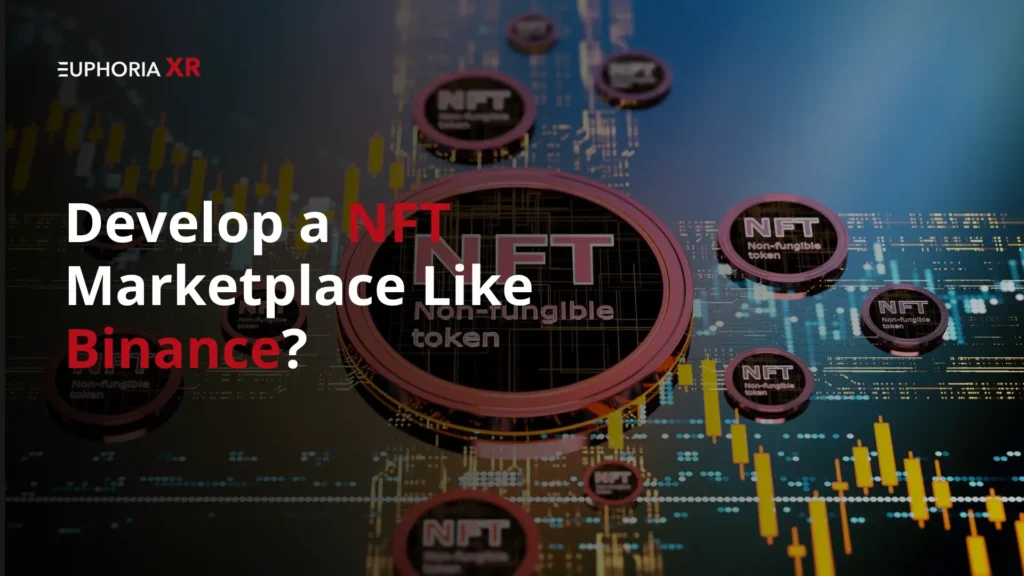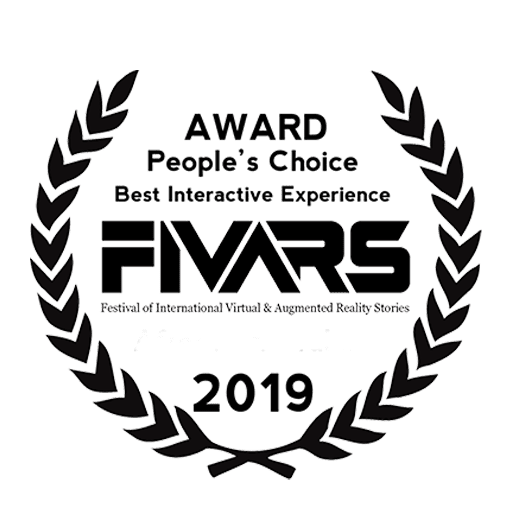In today’s fast-evolving advanced scene, the significance of Least Reasonable Items (MVPs) has developed significantly. Within the energetic domain of AR/VR diversion improvement and metaverse innovation, acing the craftsmanship of MVP building has become crucial to remain ahead within the diversion. These comprehensive direct points serve as your guide to navigating the complexities of MVP building, engaging you to form impactful encounters for your audience.
With experiences from driving specialists and the most recent industry patterns, you can certainly take on the challenge of MVP building and make inventive arrangements that keep you ahead of the bend. Therefore, to investigate cutting-edge innovation, we welcome you to join hands with the most renowned company as MVP builders, Euphoria XR – your portal to the most recent in tech, web, and gaming.
Understanding the Essence of MVPs
At the heart of any effective item lies the capacity to get what your clients need and require. That’s where Least Reasonable Items (MVPs) come in. An MVP is the best adaptation of a product that permits developers to gather the most extreme bits of knowledge. Within the world of AR/VR diversion advancement, an MVP acts as a prototype, exhibiting the basic features of the game in a condensed form. This approach allows developers to test the waters and refine their product before investing significant time and resources into a full-fledged version.
By focusing on the center highlights and functionalities of the game, developers can guarantee that the ultimate product is not only engaging but also meets the desires of their target audience. With the help of Euphoria XR, the most excellent VR/AR advancement company, you’ll be able to make a winning MVP that sets the establishment for a fruitful item dispatch. Their group of specialists will direct you through each step of the method, from ideation to launch, guaranteeing that your MVP isn’t as it were useful but too market-ready.
Why Build an MVP?
1. Rapid Validation:
MVPs give a quick method for approving your game idea. Early client criticism permits designers to recognize likely traps, guaranteeing the final product resounds with the interest group.
2. Cost-Efficiency:
You can reduce development costs by concentrating on essential features and directing resources toward essential features. This judicious approach forestalls superfluous spending on intricate highlights that probably won’t contribute fundamentally to the user experience.
3. Risk Mitigation:
It can be dangerous to develop a full-scale AR/VR game without an MVP. An MVP serves as a risk-reduction tactic by enabling developers to test theories, assess consumer feedback, and adjust the game concept as necessary.
4. Agility in Development:
MVPs support an agile development methodology by allowing developers to modify and refine their work in response to user feedback. The ultimate product will be closely aligned with user expectations and preferences thanks to this iterative process.
Navigating the MVP Builder Landscape
To navigate the MVP building landscape for your AR/VR game development, it’s important to take a strategic approach. By following these essential steps, you can ensure a streamlined process that maximizes the impact of your Minimum Viable Product.
1. Define the Project Scope
The first step is to define the scope of your AR/VR game. It’s important to outline the key functionalities, features, and overall purpose of your product before diving into the development process. A well-defined scope serves as a compass, guiding development efforts, and avoiding any unnecessary feature creep. This ensures that your MVP is focused on delivering the most important features that your target audience needs, rather than getting bogged down with unnecessary features that might not add significant value to your product.
2. Craft a Design Brief
Craft a detailed and comprehensive design brief that captures the essence of your AR/VR game’s vision and objectives. Elaborate on the target demographic, desired user engagement, and the distinctive selling points that differentiate your game from others. A design brief serves as a bedrock document that aligns your team and external stakeholders with the overarching vision, ensuring everyone is on the same page.
3. Choosing the Right Tools
A very careful consideration is required for the selection of the appropriate set of tools for MVP Development, which is a vital decision to take. So for this vital consideration, opt for tools that are designed explicitly for AR/VR game development, ensuring seamless integration with immersive features. Popular platforms like Unity or Unreal Engine are excellent choices, offering a robust foundation for building captivating AR/VR experiences.
4. Incorporating Key Features
Recognize the fundamental characteristics that encapsulate the soul of the AR/VR game in demand. The utmost step to consider is giving precedence to elements that have a direct impact on creating a distinctive value proposition and an immersive user experience. Concentrate on features that align with the scope and objectives specified in your design brief to ensure consistency and coherence.
5. Iterative Development
It’s recommended to follow an iterative development approach while building the MVP. This means that instead of striving for a flawless final product right from the start, it’s advisable to release incremental versions. Each iteration should include valuable feedback and improvements based on real-world user interaction. This approach ensures that the final product is robust, user-friendly, and meets the exact needs of the target audience.
6. QA Testing
The phase of Quality Assurance (QA) testing is an essential part of MVP development, particularly while building AR/VR games. It’s imperative to conduct rigorous testing to identify and rectify bugs, glitches, or performance issues. QA testing is critical to ensuring that the user experience is seamless, leading to positive feedback during the MVP’s initial release. By conducting QA testing, the MVP is able to provide a user-friendly experience, which ultimately contributes to its success.
Overcoming Challenges in MVP Building
Balancing Features
While building an MVP, it’s vital to strike the right balance between essential features and innovative elements. It’s easy to get carried away and add too many features, which might overwhelm your users, leading to a complicated user experience. Therefore, it’s essential to focus on the critical features that align with the MVP’s goal. By understanding what your target audience needs, you can ensure that the MVP remains focused on its core purpose. At the same time, it’s also important to add innovative elements that enhance the user experience, making it more engaging and enjoyable. Striking this balance is crucial to ensure the MVP’s success and longevity.
User-Centric Design
When building an MVP, it’s essential to prioritize the user experience. A well-designed user interface and immersive interactions can significantly enhance engagement, leading to positive user feedback. An intuitive interface ensures that users can easily navigate the product, making it easy to understand and use. Immersive interactions, on the other hand, make the user experience more enjoyable and memorable. By prioritizing the user experience, the MVP can build a loyal user base, which is crucial to its success. In addition to being user-friendly, the MVP should also be reliable and fast. Striving for a seamless user experience ensures that users keep coming back to the product, enhancing its longevity and success.
Testing and Optimization
Continuous testing is a key aspect of MVP development and is critical to its success. By conducting regular tests, you can identify bottlenecks, address bugs, and optimize performance, leading to a seamless user experience. Testing not only helps identify issues but also helps in ensuring that the MVP is in sync with the user’s expectations. A reliable and fast MVP is essential to its success and longevity. It’s advisable to conduct testing at regular intervals, such as after every iteration or release. This approach helps to identify issues early on, which can be addressed quickly, leading to a more robust and user-friendly product. By continuously testing the MVP, you can ensure that it remains relevant and meets the user’s evolving needs.
Prospecting the Future of MVPs in Metaverse Technology with Euphoria XR
As the metaverse continues to evolve, MVPs play a pivotal role in shaping its future. Mastering MVP building is an ongoing journey that aligns seamlessly with the dynamic nature of AR/VR game development. By leveraging the insights gained from this ultimate guide, you’re equipped to embark on your MVP-building endeavors, ensuring your creations leave a lasting impact in the immersive realm of metaverse technology.
One company that does more than just add to the metaverse canvas is Euphoria XR. Instead, it adds dimensions, colors, and shapes that enhance the overall vividness and excitement of the image. Euphoria XR is dedicated to developing cutting-edge, immersive experiences that push the envelope of what’s possible, and it has a team of brilliant developers and designers working for it. Because of its proficiency with VR and AR Technologies, we are working with dedication to create genuinely immersive experiences that give users the impression that they are a part of the action. You can be sure that Euphoria XR will provide you with a product that not only meets but surpasses your expectations.
Anticipate upcoming trends and innovations, preparing your AR/VR game for sustained success in the ever-expanding metaverse. Embark on your journey of MVP building armed with these strategic steps. Your AR/VR game’s success lies in the meticulous planning and execution of these crucial phases.
















